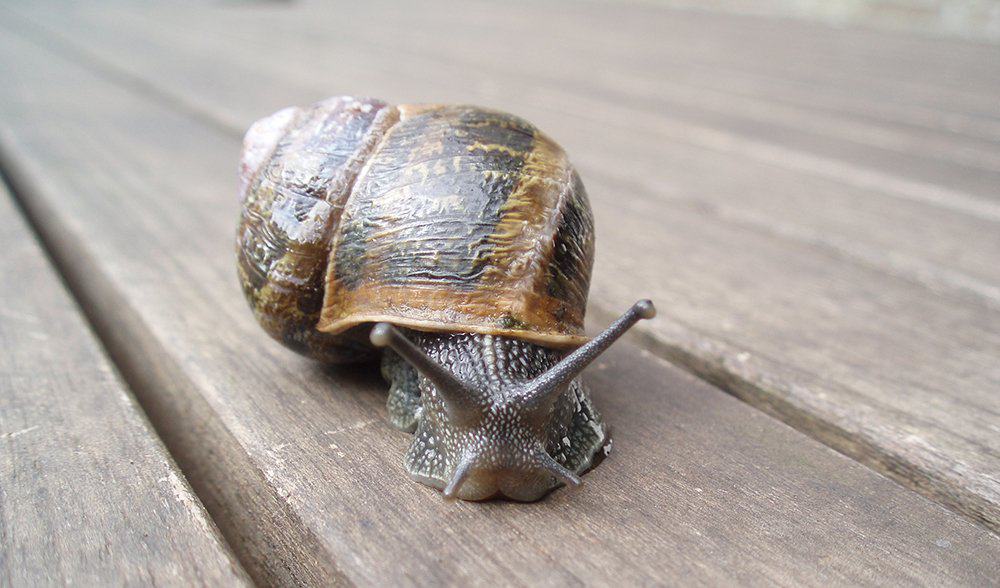Are Snails Poisonous To Children? A Comprehensive Guide for Concerned Parents
Introduction
Welcome to this comprehensive guide, dear parents! Becoming a parent is a journey filled with immense joy and never-ending curiosities. One such curiosity that might be bothering you today is – are snails poisonous to children? Well, the answer might surprise you. In this guide, we’ll explore this topic in detail to ease your worries and equip you with the necessary knowledge so you can ensure your child’s safety.
Understanding Snails and Their Natural Habitat
What are snails?
Snails are small invertebrates with hard, spiral shells covering their backs. They belong to the Gastropoda class, which boasts over 60,000 species, each with unique characteristics. However, when we refer to snails in the context of your garden or yard, we’re typically talking about land snails.
Do snails carry toxins?
Well, it largely depends on the individual species and their habitats. Some kinds of sea snails harbor toxins, and consumption of improperly cooked or raw sea snails may lead to serious poisoning. However, the ones you find in your backyard are typically harmless.
Can Children Get Poisoning From Handling or Consuming Snails?
Physical contact and handling
The short answer is no, your children are not likely to get poisoned from handling common garden snails. Handling snails can be a fascinating experience for children, especially when they’re exploring the nature around them. However, keeping a vigilant eye is always advisable as children have a habit of putting their hands in their mouths, and snails could potentially carry bacteria or parasites.
Consumption and potential risks
The thought of a child eating a snail might seem unlikely, but children with their ever-present curiosity can sometimes do unpredictable things! Ingesting garden snails is generally not poisonous, but it’s crucial to understand they could be carriers of parasites and bacteria that could cause issues if consumed. Therefore, snails should only be eaten if they are properly cooked and from a reliable source.
Stay tuned for the next parts where we handle related issues, explaining how your children can safely interact with snails and what preventive measures you can take as a parent to avert any snail-related mishaps.
Conclusion
Are snails poisonous to children? So far, we’ve established that the common garden snail isn’t inherently poisonous, but certain factors merit caution. Keep exploring with us as we delve deeper into these subjects and provide practical solutions to ensure your little ones safely enjoy their natural explorations.

How to Mitigate Risks: Safe Interaction with Snails
Teach Your Children
Children are naturally curious, and this innocent curiosity can sometimes lead to close encounters with snails; either during a playtime session in the garden or an adventurous trip to the park. The trick is to educate your children. Let them understand that it’s okay to study and touch the snails, but they should not put them in their mouths or eat them. Handling snails gently and washing hands thoroughly afterwards should also be encouraged.
Precautions in the Kitchen
Purchasing snails as food from reliable sources is another effective way to ensure your family’s safety. It’s vital to clean and cook them thoroughly to kill any potential parasites or bacteria. Remember, proper cooking is crucial, especially when dealing with sea snails that might house toxins.
What If Your Child Ingests a Snail?
What to Do
In the unlikely event your child ingests a snail, don’t panic. Most likely, nothing serious will happen. However, watch out for symptoms such as stomachache, nausea, or fever, which could indicate a bacterial infection. If such symptoms persist, seek medical help immediately.
In Conclusion: Are Snails Poisonous To Children?
As we’ve navigated the landscape of snails and their interaction with children, we’ve learned that garden snails are not poisonous to children. However, caution should be exercised, especially when children handle these tiny creatures. Both interaction and consumption require vigilance. Educating children, encouraging safe handling, emphasizing on proper hygiene, and cooking snails well can help ensure a risk-free encounter with these fascinating creatures. Keep sharing the world with your little ones—safely and joyfully!
Are Snails Poisonous to Children: What Parents Should Know
1. Not all Snails are Poisonous
Remember that not all snails are poisonous. In general, most of the snails your child might find in the garden are completely harmless. However, they can potentially carry parasites that could cause illness.
2. Certain Species of Snails can be Poisonous
Even though most species are harmless, some specific types of snails can be poisonous to children. For instance, the cone snail typically found in the tropical sea waters is known to be dangerous. However, it’s unlikely your child will encounter these types in a home setting.
3. Beware of Disease Transmission
The main risk associated with snails is not their poison, but potential diseases they can carry, including lungworm. If your child accidentally consumes a snail, they could be at risk. Practicing proper hygiene rules can significantly limit this risk.
4. Look Out for Allergic Reactions
Some children may be allergic to snails. Allergic symptoms can range from minor reactions, such as rashes and itching, to more severe ones, like difficulty breathing. Always monitor your child after any interaction with snails.
5. Instruct Children on Safe Handling
Educate your kids about safe handling of pets and creatures they find in nature, such as snails. Encourage them not to put their fingers in their mouths after touching snails and to wash their hands thoroughly.
In conclusion, while most snails are not poisonous to children, parents should still practice caution due to potential disease transmission and the possibility of allergies. Child education, frequent hand washing, and close monitoring can significantly decrease the risk of any harm. Remember, safety first when it comes to children interacting with any creatures or pets.
For more great articles please see here. For more information see here
Disclaimer
The articles available via our website provide general information only and we strongly urge readers to exercise caution and conduct their own thorough research and fact-checking. The information presented should not be taken as absolute truth, and, to the maximum extent permitted by law, we will not be held liable for any inaccuracies or errors in the content. It is essential for individuals to independently verify and validate the information before making any decisions or taking any actions based on the articles.




